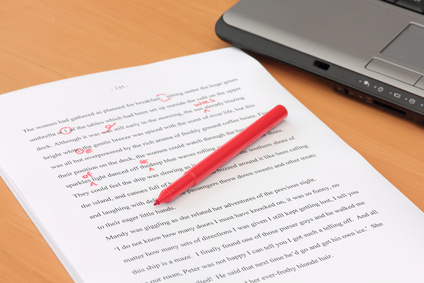
6 Mistakes Beginning Writers Make in Children’s Books
 In my freelance editing practice, I read as many as 100 children’s book manuscripts a year – sometimes more. Over and over again, I see aspiring authors making the same basic mistakes. This was one of the main reasons I decided to create my new home-study course, Just Write for Kids! There just aren’t enough resources out there for aspiring children’s book authors that give them the guidance they need to maximize their chances for success.
In my freelance editing practice, I read as many as 100 children’s book manuscripts a year – sometimes more. Over and over again, I see aspiring authors making the same basic mistakes. This was one of the main reasons I decided to create my new home-study course, Just Write for Kids! There just aren’t enough resources out there for aspiring children’s book authors that give them the guidance they need to maximize their chances for success.
The truth is, writing well for young people is a challenge. The best authors in the genre are masters of economy and action, which can take a lifetime of study and practice to achieve. But there are a few common traps that even the most fledgling author can learn to steer clear of.
Here, then, are the six mistakes I regularly see being made by aspiring children’s book authors:
1. Wrong protagonist – Children’s books should have heroes (whether human, or anthropomorphic animal/object) of the same age or emotional spirit as their intended audience. Kids have no interest in reading about grown-ups (except for in classic fairy tales), and publishers generally won’t acquire books that make this mistake.
2. Overwriting – Standard picture book length is 32 pages, including title, dedications and acknowledgements, and no more than 1000 words. Here are some ways to strengthen and economize your writing for this market:
- Don’t write what the illustrations will show. Art and text should complement and inform one another, not mirror.
- Start your story immediately, and with action – don’t take up time with settings or descriptions.
- Avoid excessive use of adjectives. Use juicy verbs, and distill your storytelling into as few words as possible, artfully chosen.
- Focus on showing through character action and dialogue rather than telling (or describing).
3. Verse issues – Young readers appreciate the music and fun of verse, but many aspiring authors neglect story structure for the sake of rhyme. If you write in verse, take a critical extra step: craft a prose version as well. Make sure you’ve addressed all the key issues: character, plot structure, pacing, theme etc., before converting back to verse. Verse should be the frosting on the cake, not the cake itself. Also, take care that the verse is first-rate, with true rhymes and consistency of meter. Never try to bend the phrasing or emphasis to accommodate a rhyme.
4. Lack of conflict – I am astounded by how many writers don’t understand this basic aspect of plot structure. Your hero must have a conflict, a problem to solve. Without this there is no drama, no reason to turn the page and find out what happens next. A series of events strung together is not a story. It’s just more of the same.
5. Teaming up with an illustrator. Many aspiring children’s book authors assume it is their responsibility to find an illustrator, or think it will enhance their chances of publication to do so. In fact, publishers pride themselves on identifying the right illustrators for projects – and will often reject submissions that come with an artist attached. Unless you are an author/illustrator, submit text only, and in standard manuscript format. (See blog post “Marketing Mondays #6, Submissions 101 for details on submission format.)
6. Submitting a manuscript before it’s ready. A large number of my editing clients come to me after they’ve already been rejected by a host of agents and editors. It’s that much harder to go back to an agent or publisher, even with a revised version of a manuscript, if you’ve already been rejected once. An editorial review or a line edit can make all the difference between a submission-worthy manuscript and a reject. Whether you hire an editor, take a class, or join a writer’s group, make sure the manuscript is in the very best shape it can be before you submit it anywhere.




